What Is the "Right" Kind of Plus-Size?

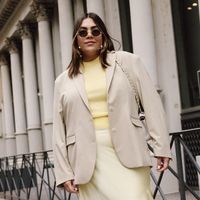
Minami Gessel didn’t know she was on the September Issue cover of Vogue Portugal until she got a notification on her phone, at which point, she assumed a fake account had tagged her. If it were true, that would mean she would be one of the few, if not the only plus-size model to be on the cover of the publication. According to her, people who looked like her didn’t get covers—that honor was awarded to models with long relationships with the photographers on set or, in the case of a company wanting to tick a diversity box, someone who was visibly less plus-size than she was. Opening her phone, though, she confirmed it wasn’t a mistagged post or a group shot with her in the corner of the image. Gessel on the cover was real.
"I was sobbing,” Gessel admits. The 10-page spread, shot and produced by nearly an entirely Asian crew, was her first time working with Vogue Portugal. "I didn’t think that if it was a cover, they would choose me. There were other models who had worked with Vogue before, with bigger agencies. I just thought I was the extra curve girl, and they would choose someone that looks a bit more straight-sized. I still can’t believe it to this day.”
Despite reaching what nearly every model dreams about at only 25 years old, Gessel is struggling to pay the bills this year. She had to pick up a second job this year after her e-commerce gigs—which most models rely on for a livable wage—dropped significantly. "It has affected my livelihood. Once I started to see Y2K was back and thinness was in and my TikTok was obsessed with regressing back into the Tumblr-aesthetic, thigh-gap era, I was just like, ‘Oh my god. I’m going to be out of a job.’”
Gessel isn’t the only one fearing for her livelihood in recent years despite working in an industry that’s touted diversity and inclusion as a major selling point. Since mid- and plus-size models first began gaining mainstream visibility, experts have always wondered whether or not fashion’s push toward body positivity and size inclusivity will last. After more than a decade, it feels like we’ve gotten practically nowhere. While a new crop of plus-size models and advocates are rising in the ranks, in the wake of fashion’s body-positivity problem, a whole new issue in and of itself has emerged: There’s a "right” way to be plus-size. The truth of the matter is that casting is still influenced by beauty standards that are rooted in fatphobia, even if brands are touting otherwise. Women’s bodies have always been politicized, and that’s apparent in who gets to be the face of the plus-size modeling movement. The plus-size models who have "made” it in the industry adhere to the "Coke bottle” shape, which has roots in racialized ideas around what type of bodies are considered acceptable and even desirable.
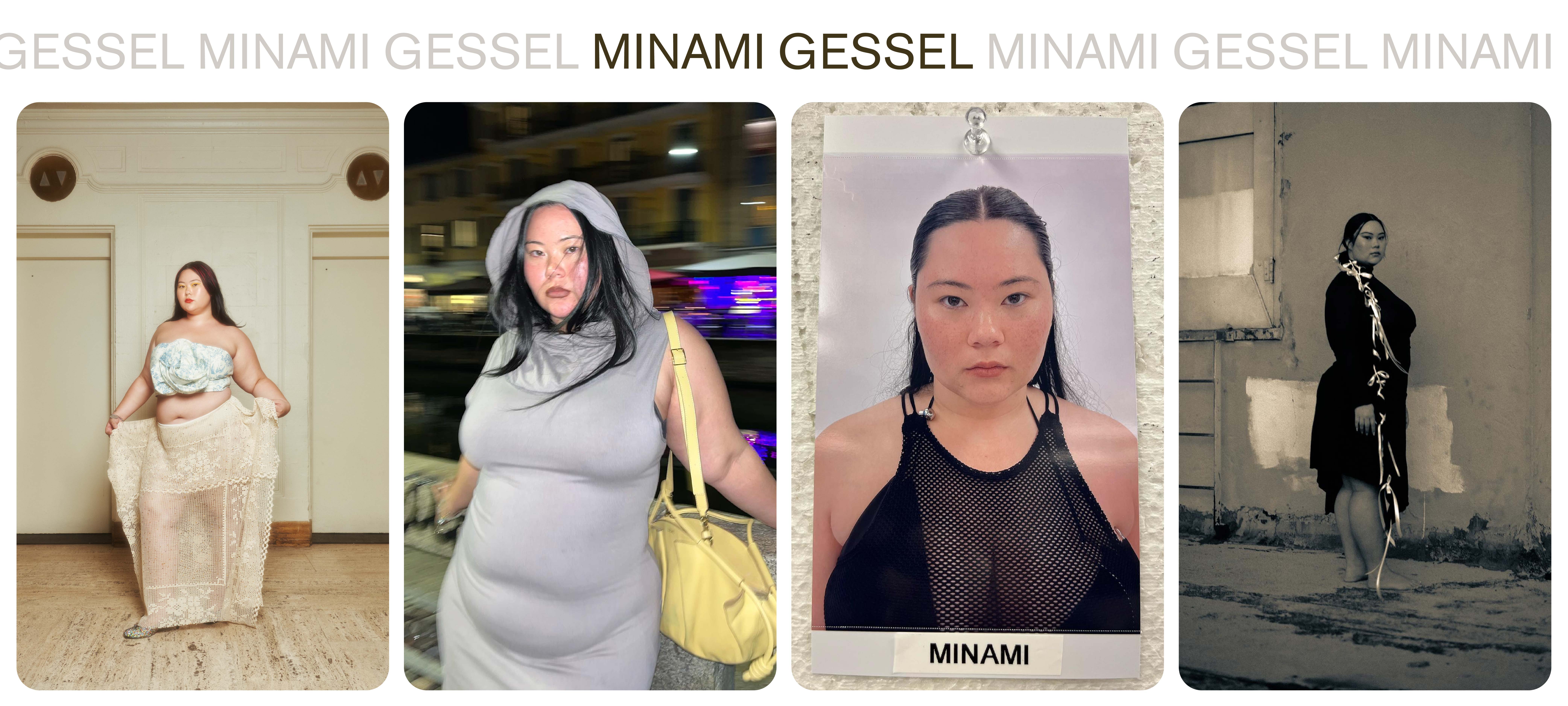
Even with the strides the industry has taken to address the underlying biases that inform casting, it’s still falling short. According to analysis and research conducted by Vogue Business, only 0.9% of 9584 runway looks in New York, Paris, Milan, and London shown during the spring 2024 season were plus-size. Approximately 86 looks were above a size 14. While fashion’s inclusivity problem appears to have gotten slightly better since last season, with only 0.6% plus-size looks during the fall 2023 season, it’s actually a lot worse than it appears. Alexander McQueen, arguably one of the biggest brands featured in the outlet’s report, was listed as the most plus-size-inclusive show in Paris with 2.2% percent of looks being shown above a size 14. That translates to just one model.
"There were some encouraging, baby steps from major labels we had not seen before. That accounts for some of the increase, at least,” Lucy Maguire, the senior trends editor who has spearheaded both editions of the project, explained to Who What Wear. Since the team began to track the data earlier this year, more and more eyes have been on which models get to be the face of the body-positive movement in fashion.
Maguire explained that throughout fashion month, she and her team analyze every single photo per city, according to Vogue Runway, and determine how many looks in a collection are straight-size (0 to 4), mid-size (6 to 12), and plus-size (14+)—which is confirmed with brands within a 24-hour period. She admitted smaller brands were most responsive throughout the project, a note Maguire attributes to the fact that they’re often the ones pushing for the most diversity within traditional runway spaces. In newer fashion capitals like Copenhagen, both designers and governing fashion bodies have set size inclusivity as a top priority, going so far as to require participating brands to take steps toward diverse casting. During her reporting, Maguire reached out to the organizations that set the standards and regulate fashion shows—including the Council of Fashion Designers of America and Fédération de la Haute Couture et de la Mode, which lead New York Fashion Week and Paris Fashion Week, respectively. Both declined to comment on whether or not they would take measurable, quantifiable steps in a similar way. Until they sign on, Maguire believes, not much is going to change systematically.
Gessel was one of the 86 models touched upon in the Vogue Business report, with the 25-year-old walking in the most size-inclusive show of the season by far, Karoline Vitto supported by Dolce & Gabbana, in which 43.3% of 30 models were considered plus-size—or, approximately 13 models were above a size 14.
"I was stunned. I was shocked, but at the same time, I wasn’t. These numbers make sense: My [other plus-size model] friends didn’t book anything,” Gessel said, referencing the report. "It doesn’t feel fair. It doesn’t feel right. There are some brands that got notoriety for including plus girls—real plus girls—into their shows. And then they got clout. And then they stopped.”
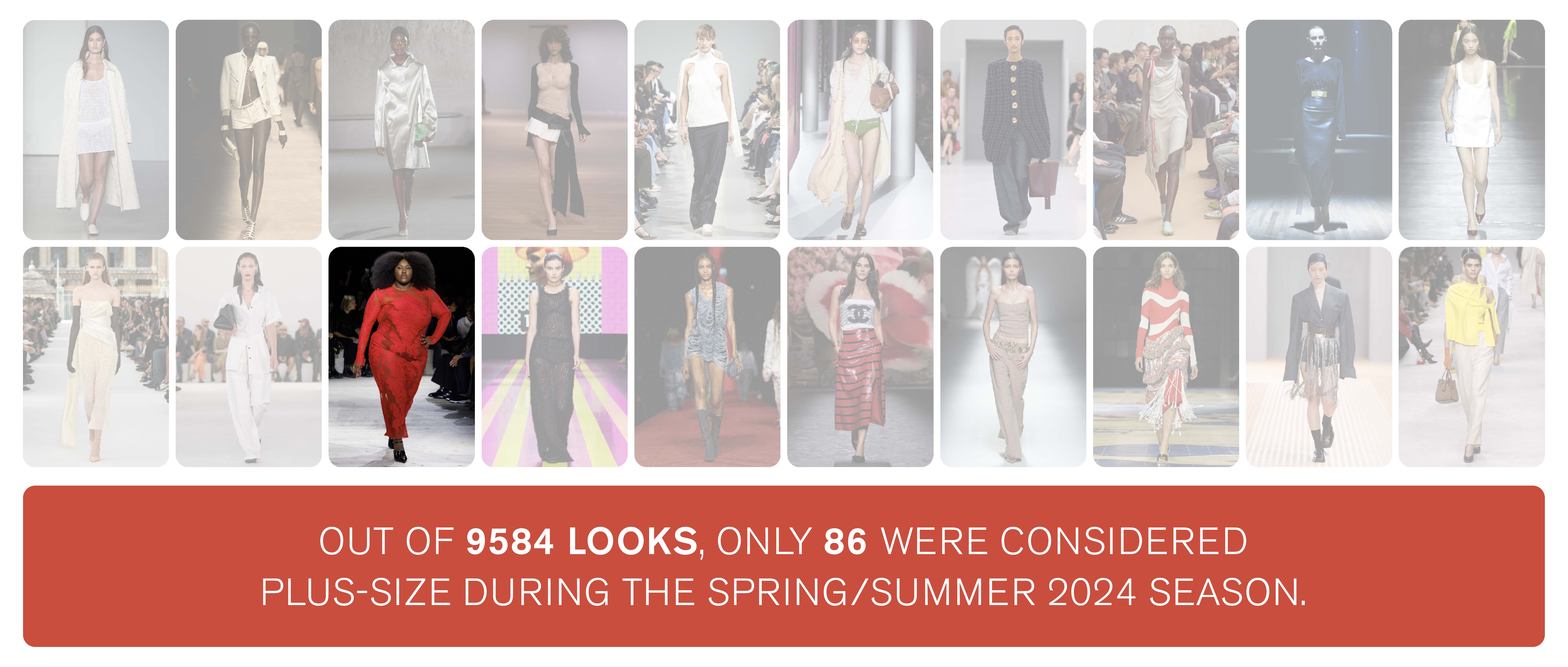
There are too many brands to name that have done the same thing Gessel alluded to through gritted teeth. During the mid- to late 2010s, it felt like all the rage to put plus-size models on magazine covers and parade down the runway. Body inclusivity, along with Instagram, unicorn frappuccinos, and Pokémon Go, was in. It felt like the dawn of a new day, where non-straight-size models like Ashley Graham, Iskra Lawrence, and Candice Huffine were household names. But like Gessel and dozens of online commentators suggest, fashion’s embracement all felt incredibly performative looking back half a decade later.
"It’s like, why can’t [brands] continue it, and what’s so wrong with continuing it?” Gessel asked. "Because it’s not a trend anymore? Because you can’t use our bodies to get publicity?”
Gessel is alluding to the late 2010s casting dilemma, when it was seen as "cool” to cast nontraditional models to walk a show, whether it was disabled models, visibly plus-size models, or those models who didn’t necessarily "fit the mold” of what a cookie-cutter runway persona looked like—often thin, tall, and with Eurocentric features. To go against thinness was to go against the grain, Gessel said, and by all standards, that was in. One only has to look at the countless headlines brands and companies made for being "the first” to recognize models from marginalized communities finally. Now, Gessel explains, it’s not cool anymore to cast the largest model who attends a casting because brands no longer feel the need to prove the point that they care about their non-thin buyers.
Monique Black has made a career out of being one of the most visible, plus-size fashion creators on TikTok. While the Detroit native has no formal modeling experience and is not signed to a modeling agency, she made the leap to explore both commercial and runway modeling earlier this year. Black, 29, made her runway debut at the Mirror Palais S/S 24 show after being approached by the brand’s creative director, Marcelo Gaia. While Mirror Palais may not have been the only show during New York Fashion Week that included plus-size models, it was one of the few that featured models who deviate from the Coke-bottle shape that’s become synonymous with plus-size models among both fashion’s gatekeepers and consumers.
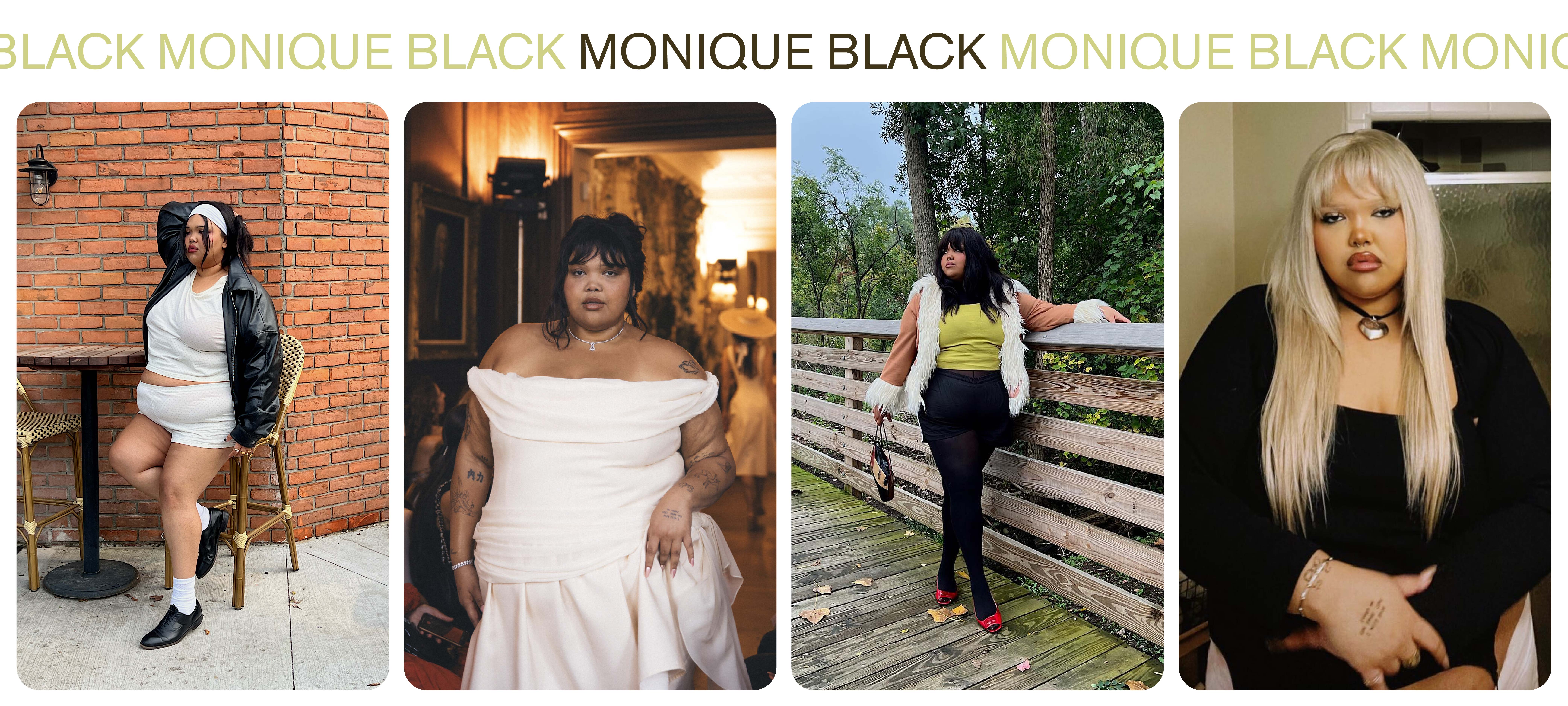
There’s a "right” and "wrong” way to be plus-size if you’re in the industry, Black suggested, speaking about the hourglass shapes, smaller waists, flatter stomachs, bigger busts, and narrower backs aligning with top-tier plus-size models like Paloma Elsesser, Jill Kortleve, and Precious Lee. For Black, it almost feels like a Russian doll of microaggressions: To be both plus-size and carry the majority of weight in your stomach, face, and arms is the intersection of, what feels like to her, the center of everyone’s fatphobia. "It’s like you have to be the exception to the rule,” Black explains. "It’s like, you can be fat, but in order for us to appreciate you, you have to defy every sense of the definition of the word fat.”
While the world's new crop of plus-size supermodels have undeniably paved the way for inclusivity over the last few years, being an advocate can only go so far. Black brings up the fact that, for some of the inclusive looks on luxury label runways, those sizes are never actually put into a brand’s production. At the end of the day, what does inclusion mean if the models all exist on the smaller spectrum of the plus-size scale and the clothes they’re wearing aren’t available to purchase by the public?
"I think if you ask the average person, they’d think fashion is more inclusive,” Black says, pointing out the nuances. "But I think we just got better at selling the idea that it is. I think it’s probably still the exact same, if not worse.”
While in the mid-2010s, walking into a space and being the only plus-size model there could feel radically inclusive, nowadays, it’s more akin to a massive red flag: More than likely, model Priscilla Del Castillo suggests, you’re being tokenized.
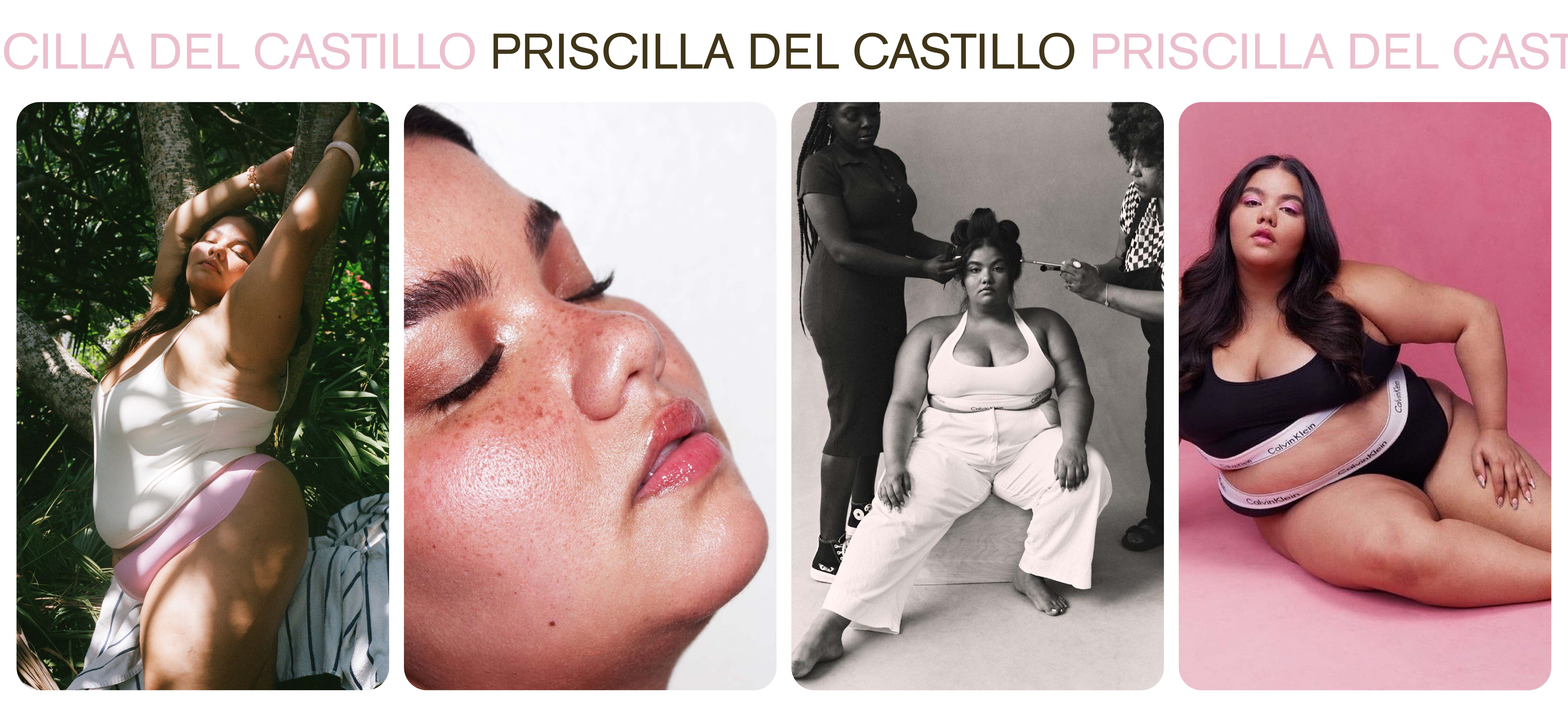
It’s in the small things, like doing the emotional labor of advocating for yourself in these spaces or explaining that, no, the one-size-fits-all robe you provided does not, in fact, fit all, Del Castillo told Who What Wear. Although Del Castillo has been modeling professionally for the past six years, she feels a constant need to validate herself: "Why do I have to vouch for myself for wanting more of who I am? Why do I always have to have an explanation? Why can’t it just happen?”
During the early stages of her modeling career, she’d encountered a plethora of problems when it came to her size. Most agencies, frankly, already had their quota of plus-size models they’d send out to agents and castings. In their eyes, she suggests, there wasn’t a need for more. It wasn’t until she got signed by her current agency, The Btwn, which focuses on body-diverse models (the majority of whom throw the Coke-bottle stereotype out of the window), that something finally clicked for the 26-year-old. And while there are pockets of safe havens amid the overwhelming number of problems in the plus-size modeling industry, the Miami native feels hopeful that, somehow, change is on the horizon. Albeit incredibly slow-moving.
It’s hard to tell whether the industry is truly regressing. Although it feels like it is. Despite the fact that the plus-size clothing market is projected to reach over $501 billion in the next 10 years, there seems to be no authentic strides toward true inclusion by those who have the power to do so. While the (slightly) increased diversity numbers season to season don’t lie, neither do the dozens of targeted ads for weight-loss drugs Ozempic or Wegovy—thin is in.
"Women’s bodies have been trends since the beginning of time in society. So you have to tell yourself, ‘My body will be back "in” in another 10 years.’ But that shouldn’t be the standard. That’s not normal,” Minami Gessel explained. "It’s frustrating, you know? You want other people to be seen. And you want other people to be heard. All of this comes to wanting to feel loved and loving others. Can we at least have that?”
No matter the strides we’ve made in society, there’s still a deeply held belief that women’s worth is determined their weight—despite it being far from the truth. Women deserve more than a half-baked attempt at inclusivity; we all deserve to love our bodies. Until the industry addresses the lack of truly inclusive casting, brands expand past limited-size ranges, and we collectively look in the mirror to address our own internal biases, we’ll all be asking ourselves if our body is "right.”
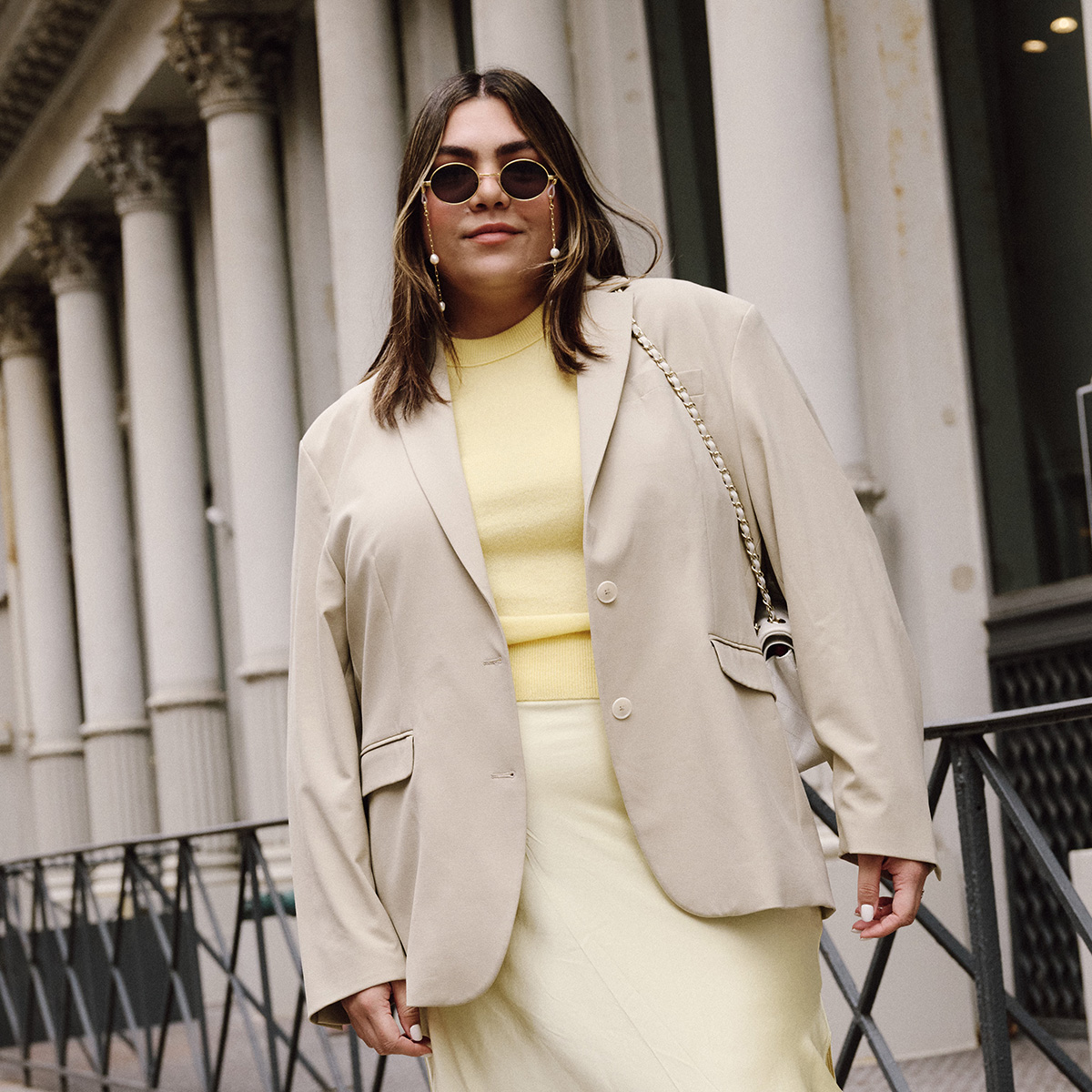
Ana Escalante is an award-winning journalist and Gen Z editor known for her sharp takes on fashion and culture. She’s covered everything from Copenhagen Fashion Week to Roe v. Wade protests as the Editorial Assistant at Glamour after earning her journalism degree at the University of Florida in 2021. At Who What Wear, Ana mixes wit with unapologetic commentary in long-form fashion and beauty content, creating pieces that resonate with a digital-first generation. If it’s smart, snarky, and unexpected, chances are her name’s on it.
-
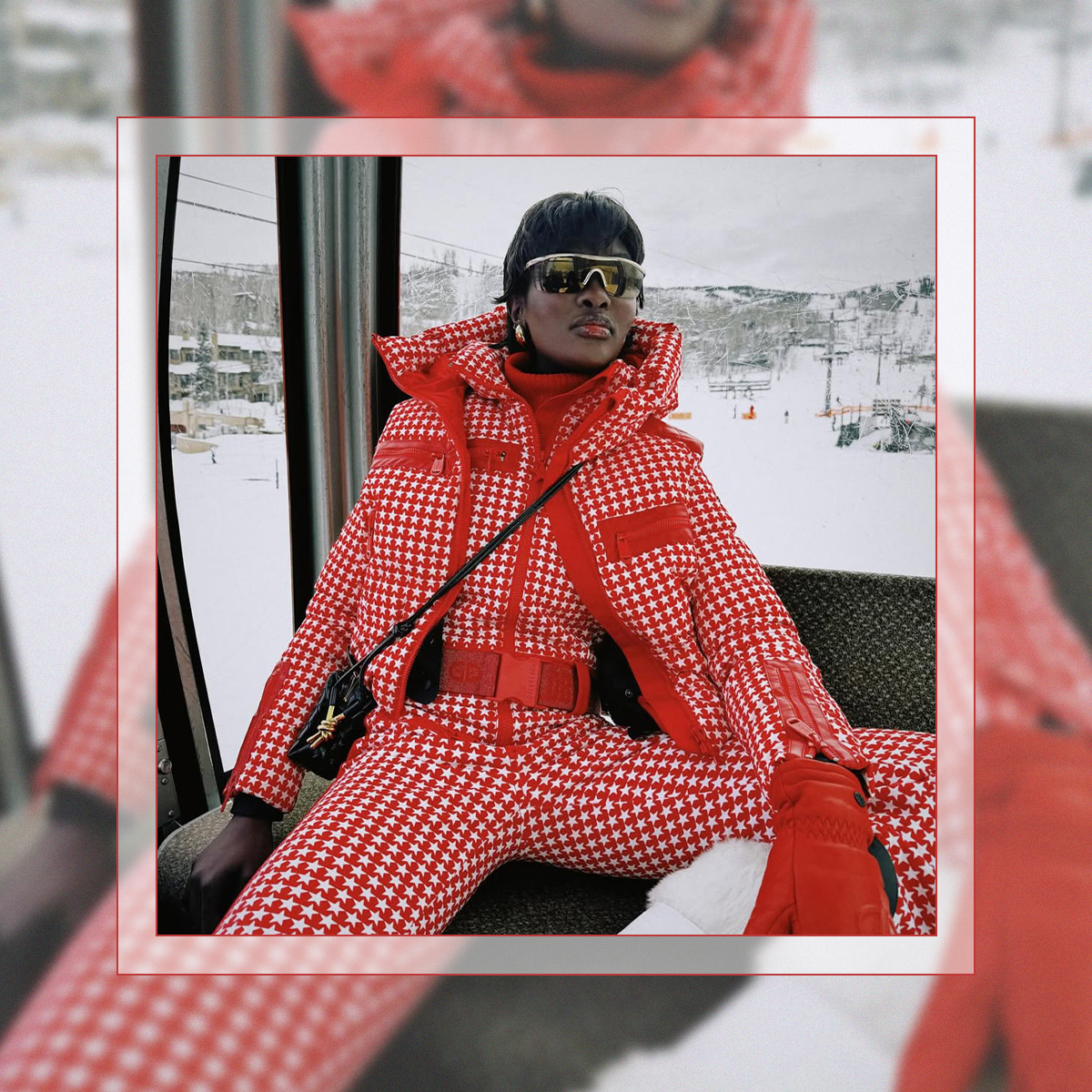 The Fashion-Person Guide to Aspen: The Coolest Places to Be and Be Seen
The Fashion-Person Guide to Aspen: The Coolest Places to Be and Be SeenFrom luxury shopping to beloved celebrity hot spots, discover every buzzy spot to know.
-
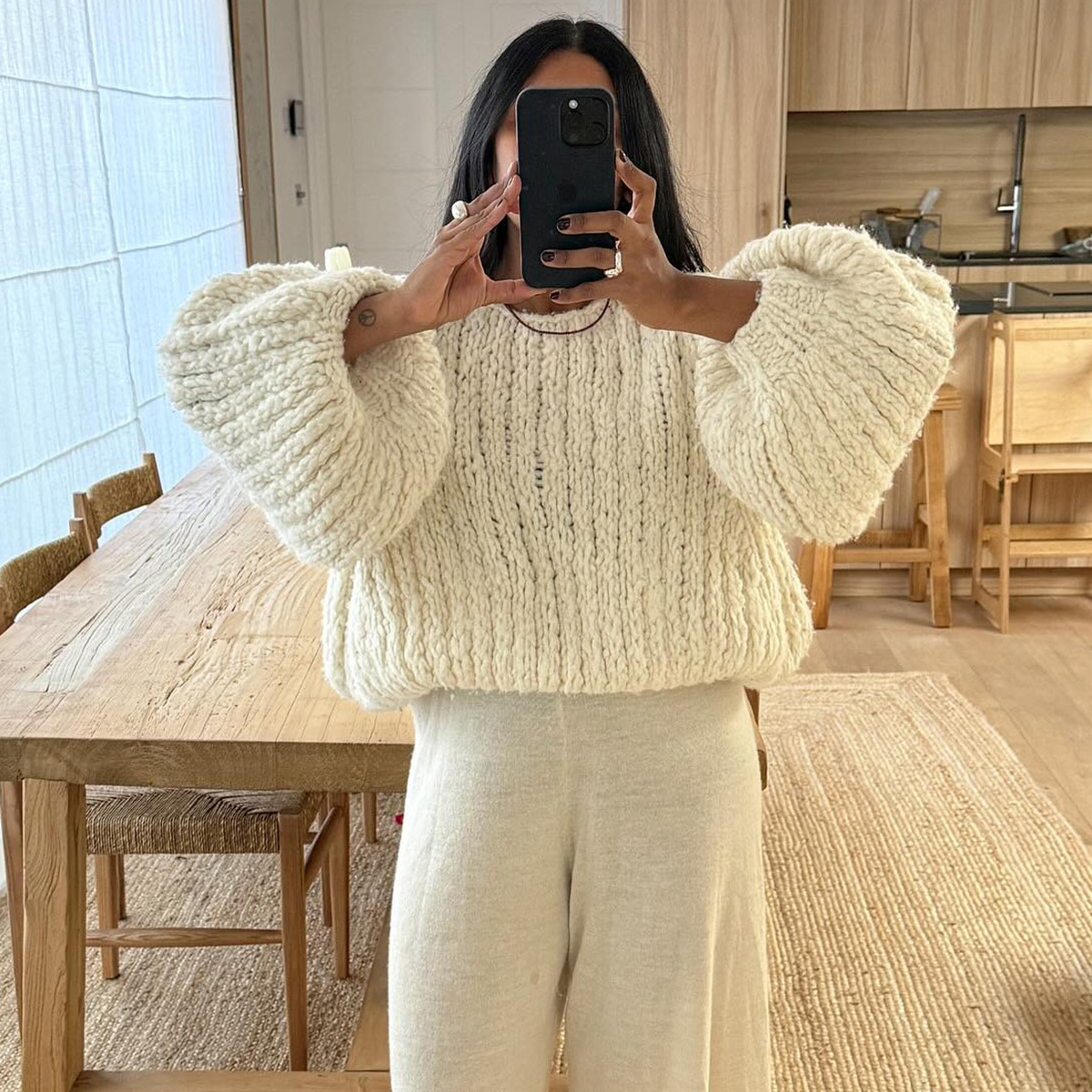 I Got My Love for Cozy Sweaters From My 63-Year-Old Mom—Here Are 24 We're Both Eyeing RN
I Got My Love for Cozy Sweaters From My 63-Year-Old Mom—Here Are 24 We're Both Eyeing RNSpecifically from J.Crew, Reformation, and Banana Republic.
-
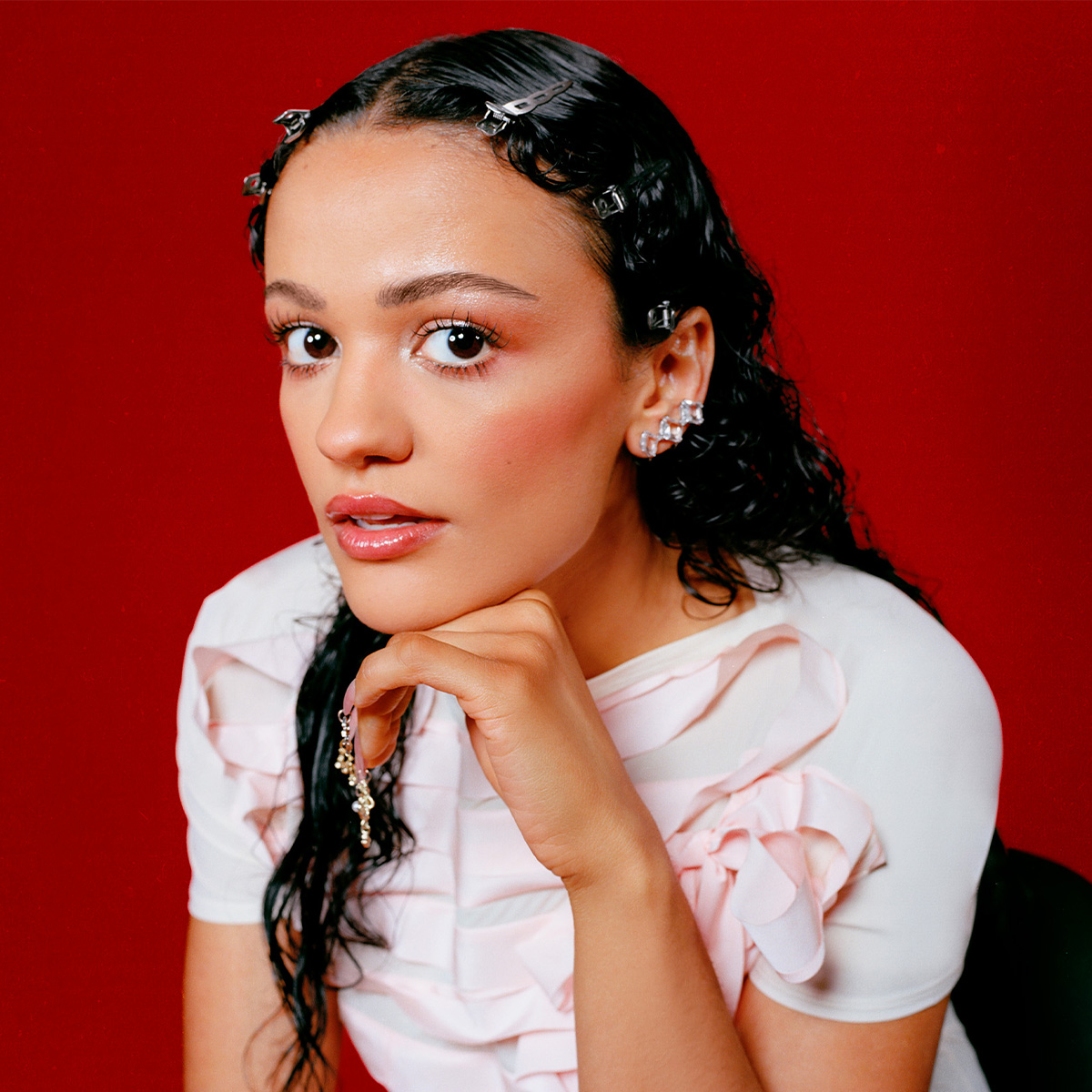 Wicked's Marissa Bode Is Finding Magic in Herself
Wicked's Marissa Bode Is Finding Magic in HerselfRead the full story.
-
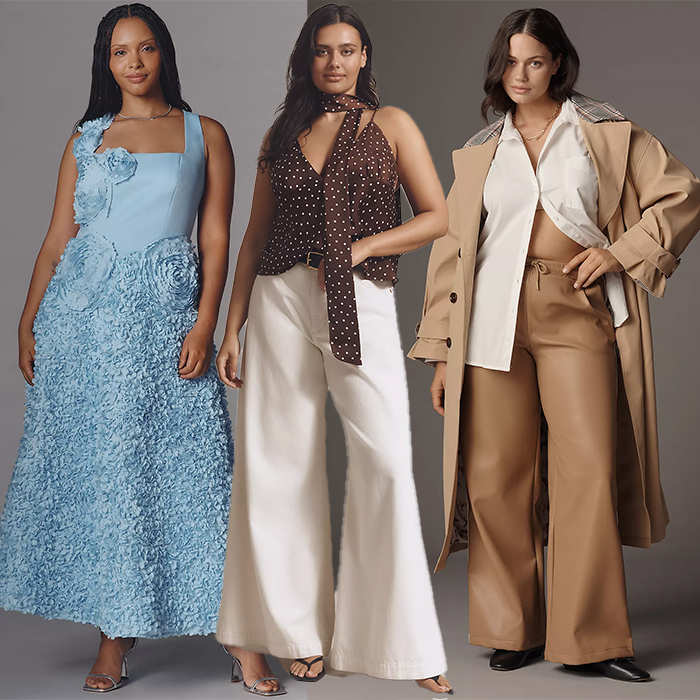 Psst! These Plus-Size Anthropologie Items Will Sell Out by Mid-December
Psst! These Plus-Size Anthropologie Items Will Sell Out by Mid-DecemberThese pieces are just too good.
-
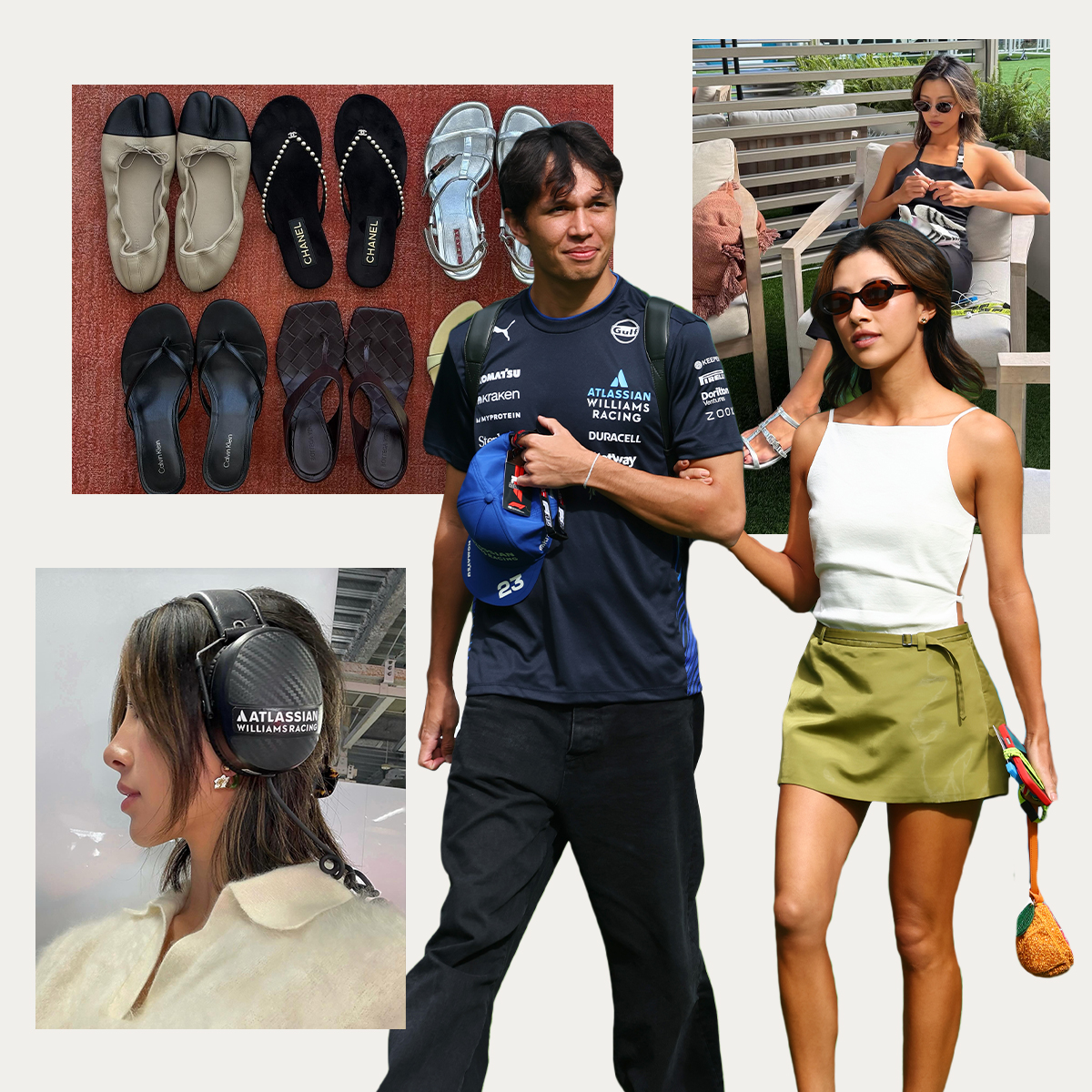 The Pro Golfer and Vintage Miu Miu Collector Transforming F1 Paddocks Into Runways
The Pro Golfer and Vintage Miu Miu Collector Transforming F1 Paddocks Into RunwaysSpotted: JW Anderson's pigeon bag, Tabi pumps, and the iconic Hermès Bolide on Wheels.
-
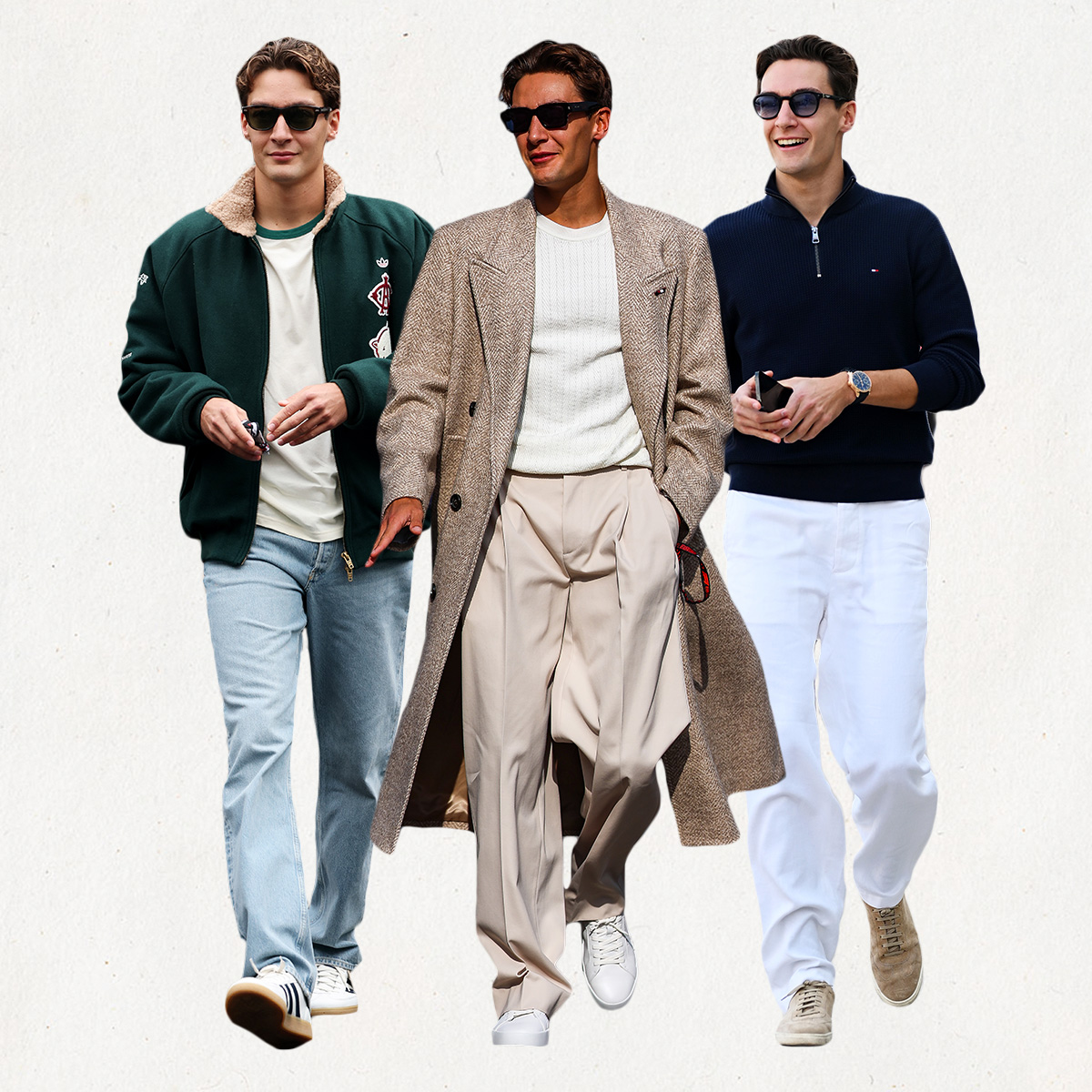 George Russell on Growing Into His Personal Style
George Russell on Growing Into His Personal StyleThe five-time race winner talks watches, paddock 'fits, and finding confidence in fashion.
-
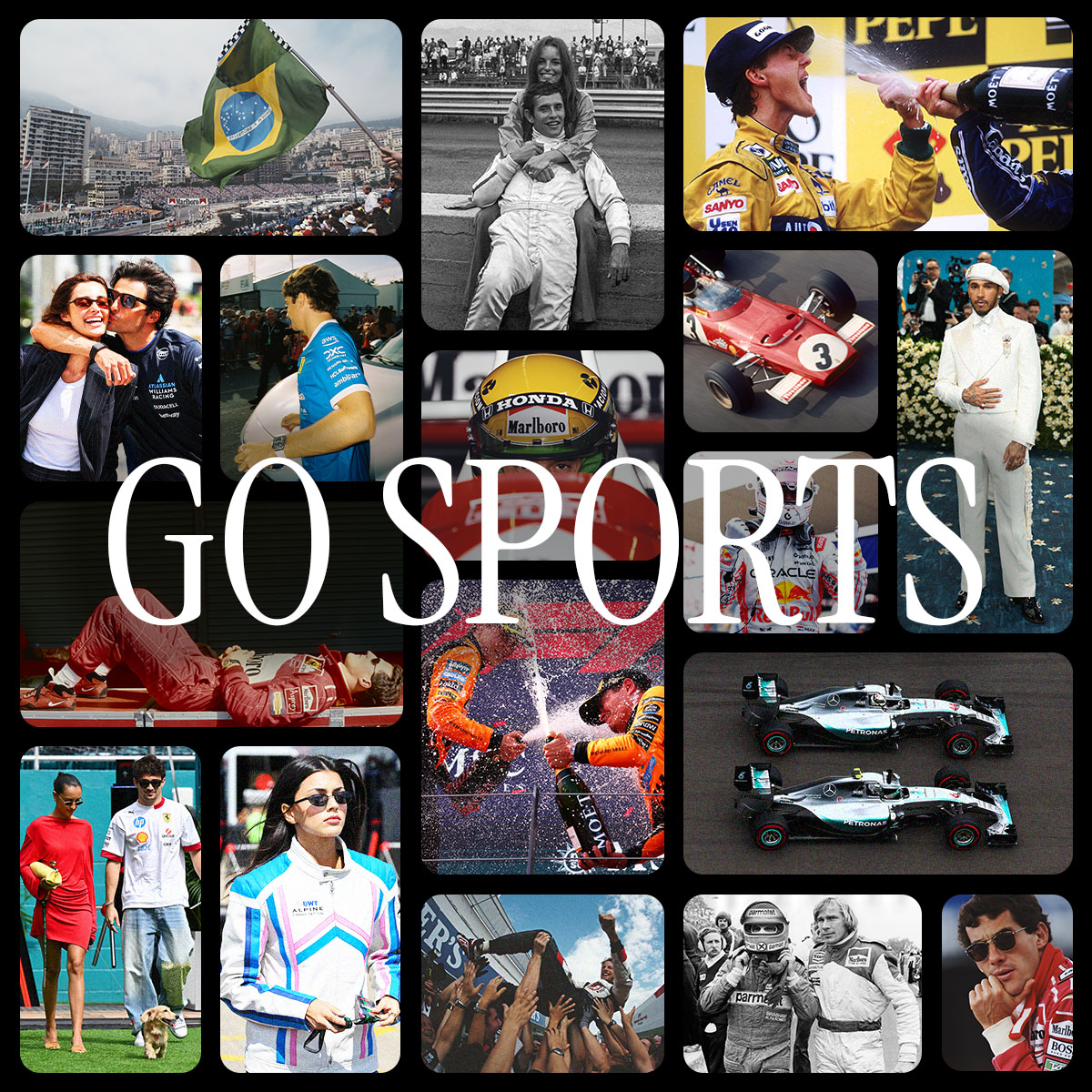 From Paddock 'Fits to On-Track Rivalries: Go Sports Dives Into F1 Ahead of the 2025 LVGP
From Paddock 'Fits to On-Track Rivalries: Go Sports Dives Into F1 Ahead of the 2025 LVGPRead up before lights out on Saturday night.
-
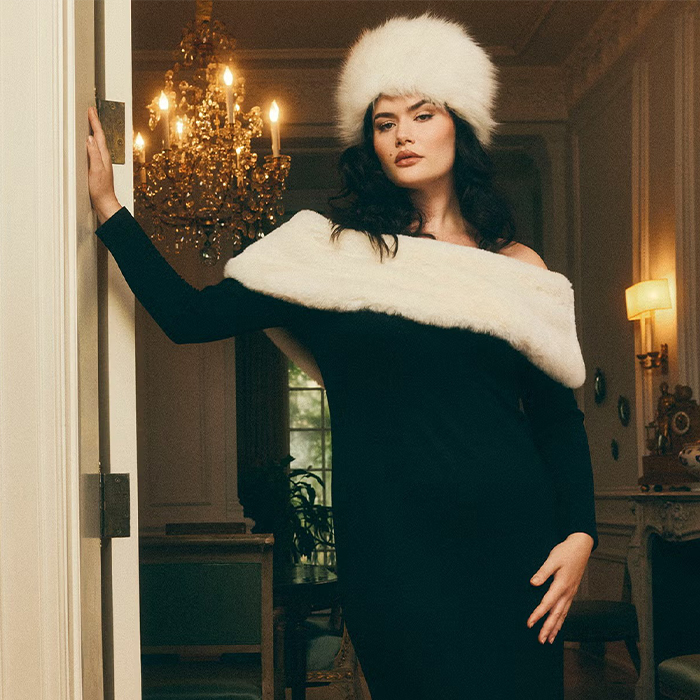 If You're Looking for Cute Plus-Size Holiday Clothes, Try These Styles Out
If You're Looking for Cute Plus-Size Holiday Clothes, Try These Styles OutEverything from silk to sequins.
-
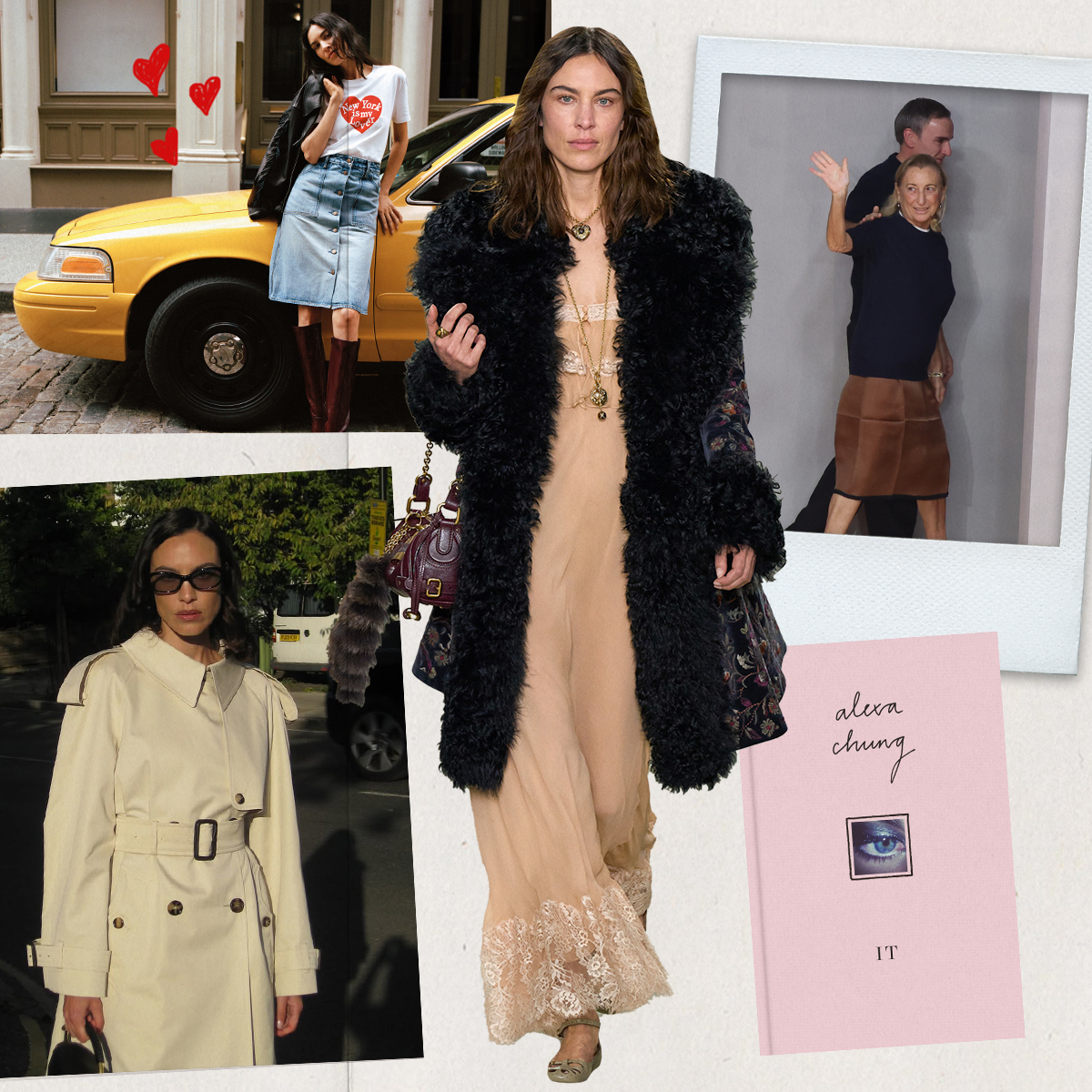 Alexa Chung's World: Her Best-Selling Madewell Collab, Personal Style Icons, and Spiciest Fashion Takes
Alexa Chung's World: Her Best-Selling Madewell Collab, Personal Style Icons, and Spiciest Fashion TakesPlus, what she's reading and listening to and her favorite spots in London.
-
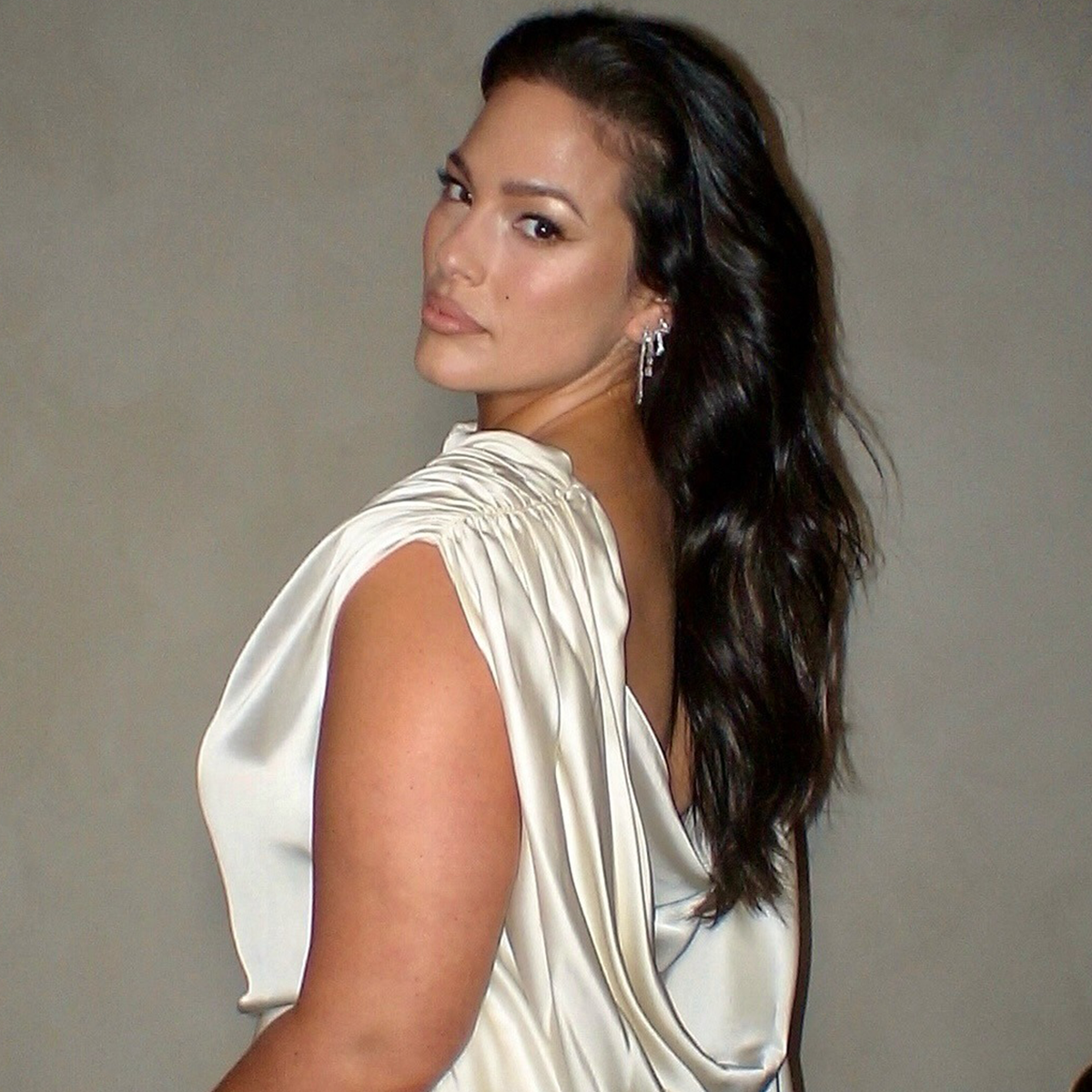 From Galas to Black-Tie Weddings, These Are the 27 Plus-Size Formal Dresses I Actually Want to Wear
From Galas to Black-Tie Weddings, These Are the 27 Plus-Size Formal Dresses I Actually Want to WearBe on the best dressed list.